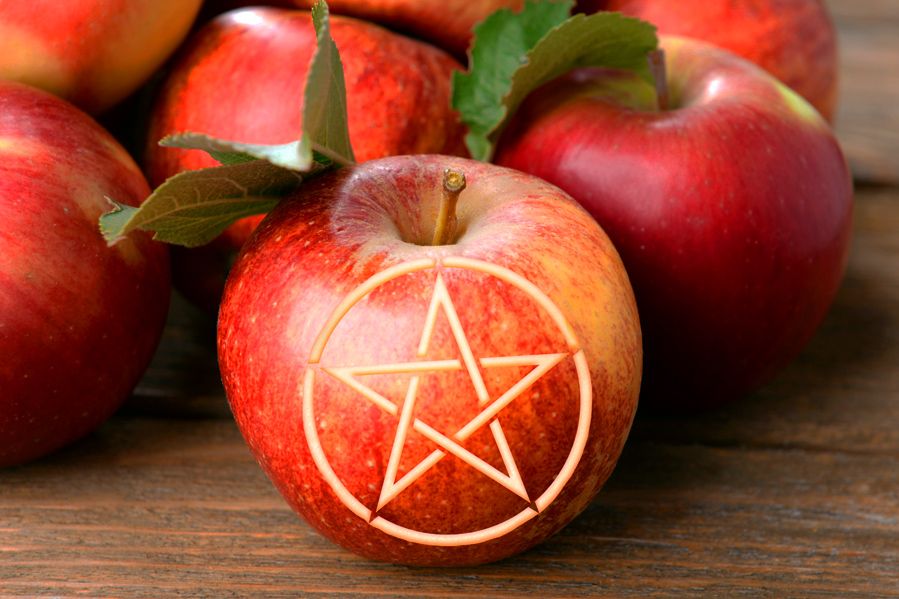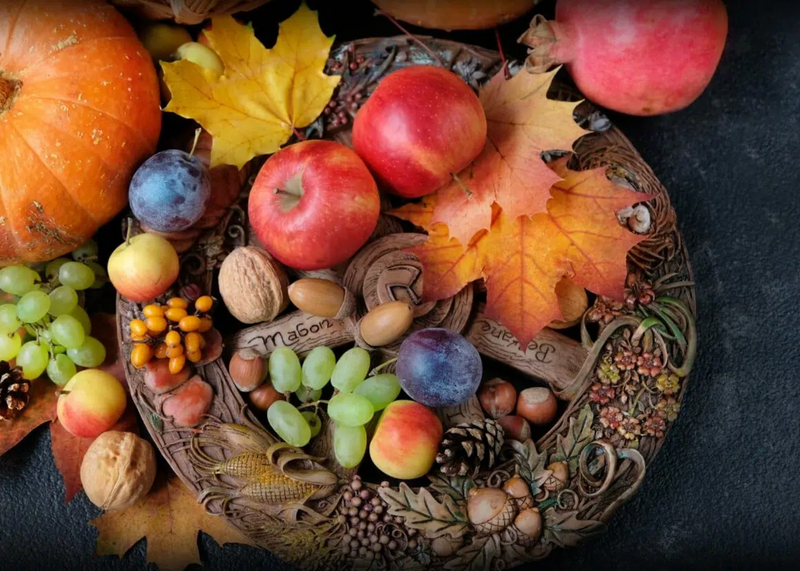Every faith and culture has its own unique ways to honor and celebrate the changing of the seasons. Within the Wiccan Wheel of the Year, Mabon stands as a testament to the importance of balance, reflection, and gratitude. Let's delve into the rich tapestry that is the Mabon celebration.
When is Mabon Celebrated?
Mabon, also referred to as the Autumn Equinox, is one of the eight sabbats, or sacred festivals, in the Wiccan year and is recognized in many pagan and witchcraft traditions. It's typically celebrated around September 21st-23rd, though the exact date varies slightly each year based on the astronomical timing of the equinox. This is when day and night are of equal length, and after which the nights will start to grow longer.
Historical Roots
Mabon is a relatively modern term for this celebration, borrowed from Welsh mythology, where Mabon ap Modron was a god of light and the son of Mother Earth. Though direct historical links between the deity and the holiday are few, the name has been adopted by many contemporary Wiccans and Pagans. While the name may be relatively recent, celebrations of the autumn equinox have ancient roots. Various cultures, from the Celts to the Greeks, have observed this time of balance between light and dark, with feasts, rituals, and thanksgiving for the bounties of the harvest.

Mabon Correspondences
Every sabbat has a set of correspondences—symbols, colors, foods, and deities—that resonate with the energy of the time. -
- Colors: Deep reds, golds, browns, oranges, and maroons capture the essence of falling leaves and the final flashes of summer's warmth.
- Symbols: Apples, gourds, cornucopias, and vines. The pentacle can also be associated with Mabon due to its emphasis on balance and the interconnectedness of life’s elements.
- Deities: Various gods and goddesses linked with harvest and the changing seasons can be honored at Mabon. These include Demeter, Persephone, and Dionysus from the Greek pantheon; Mabon ap Modron from the Welsh; and Thor, Frey, and Hermod from the Norse.
- Foods: Autumn harvest foods play a starring role—think pumpkins, squash, apples, pomegranates, grains, and nuts. Meads, wines, and ciders are also traditional beverages.
- Stones and Crystals: Amber, yellow topaz, sapphire, lapis lazuli, and amethyst can be incorporated into rituals or altars.
Celebrating Mabon
- Feasting: One of the simplest and most profound ways to honor Mabon is by having a feast. Incorporate seasonal foods, and take a moment to express gratitude for the abundance in your life.
- Altar Decoration: Adorn your altar with the colors and symbols of the season. Incorporate leaves, acorns, apples, and candles in autumnal hues.
- Balancing Rituals: Given the equal length of day and night, Mabon is an auspicious time for rituals that seek balance, whether in personal life, relationships, or broader goals.
- Gratitude Practices: Write down what you're thankful for and bury the list in the earth as an offering, or simply speak your gratitudes aloud.
- Nature Walks: Connect with the changing landscape by taking a walk in nature. Notice the shifting colors, the cooler temperatures, and the general descent into winter's stillness.
In conclusion, Mabon is a time of reflection, balance, and gratitude. It's an opportunity to pause and honor the gifts of the earth and the cycles of life. Whether you're Wiccan or not, the spirit of Mabon—a celebration of the harvest, of balance, and of the beauty of the changing seasons.

